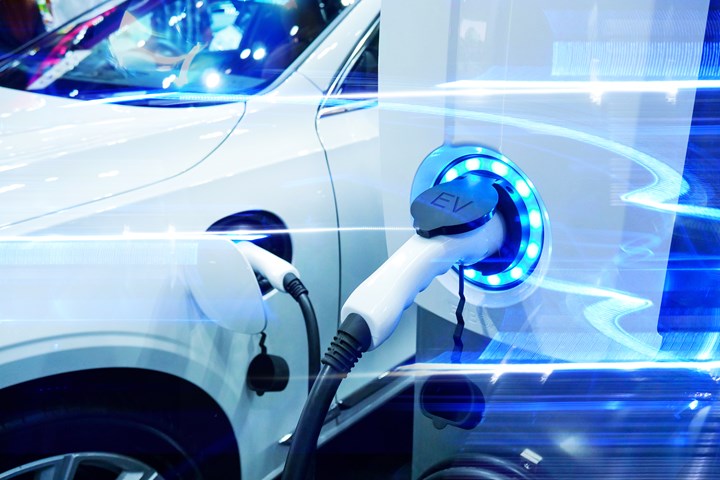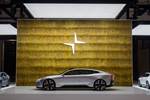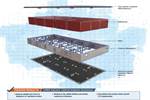Lux Research suggests BEVs will rely less on lightweighting by 2030
In order for lightweighting to be a cost-effective solution against batteries by 2030, Lux determines it will need to cost less than $5/kilogram of weight saved.

Photo Credit: Getty Images
According to (Boston, Mass., U.S.), an independent research and advisory firm, battery electric vehicles (BEVs) are poised to be the future of the automotive industry. Looking toward the future of BEVs, the firm’s recent report “,” analyzes the future of vehicle lightweighting and necessary BEV success factors over the next decade, a goal that can be assumed will make use of composites.
In the past, lightweighting — or purposely designing more lightweight cars specifically for fuel efficiency — has been a key tool for improving the fuel economy of internal combustion engine (ICE) vehicles, says Lux. However, the transition from ICEs to BEVs changes both the goals and the design considerations around lightweighting. Anthony Schiavo, Senior Analyst at Lux, states, “BEVs are overwhelmingly more efficient than ICE vehicles due to regenerative braking and more efficient motors and are increasingly outgrowing the issue of limited range. Materials companies need to start planning for a fully mature BEV space.”
Lux predicts that battery pack energy densities will increase by roughly 15% over the next decade. This increased energy density can be used to either extend the range of a vehicle by keeping battery size the same or reduce cost by shrinking the size of the battery pack. In its analysis, Lux modeled both scenarios and calculated a lightweighting benchmark. Lux determined that in order for lightweighting to be a cost-effective solution against batteries by 2030, it will need to cost, on average, less than $5 per kilogram of weight saved.
“This benchmark is not the only thing guiding lightweighting decisions,” cautions Schiavo. “To find adoption, materials companies and manufacturers will need to find solutions that save on both weight and cost.”
“We predict vehicle structure will be an opportunity for high-strength steel and aluminum, as they provide weight reductions at minimal cost,” Schiavo continues. “Bumpers are expected to benefit from design advancements that use glass fiber, carbon fiber and thermoplastics. Other material priorities, such as sustainability, durability and end-of-life [EoL] issues, however, will take priority over lightweighting by 2030.” Lux found that there’s far more risk of disruption from improving energy storage technologies — which could substantially outstrip forecast improvements by 2030 — than there is from novel innovations in materials.
For more information,
Related Content
-
Composites end markets: Batteries and fuel cells (2024)
As the number of battery and fuel cell electric vehicles (EVs) grows, so do the opportunities for composites in battery enclosures and components for fuel cells.
-
On the radar: Innovations in composite battery enclosures
A look at recently reported design, material and process innovations for composites-intensive battery enclosures, developed to support the ramp-up of EV and AAM vehicles.
-
Polestar 3 sets World Record for longest electric SUV journey on single charge
Unmodified Polestar 3, which uses natural fiber composites in its interiors, achieves 935.44 kilometers on a single charge on U.K. public roads.






